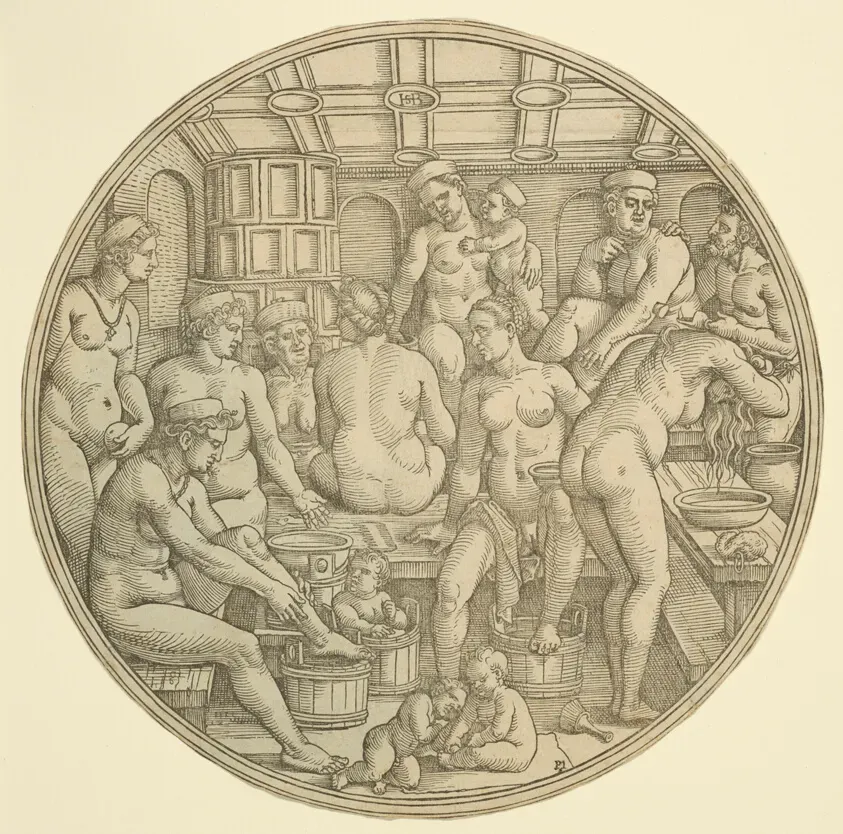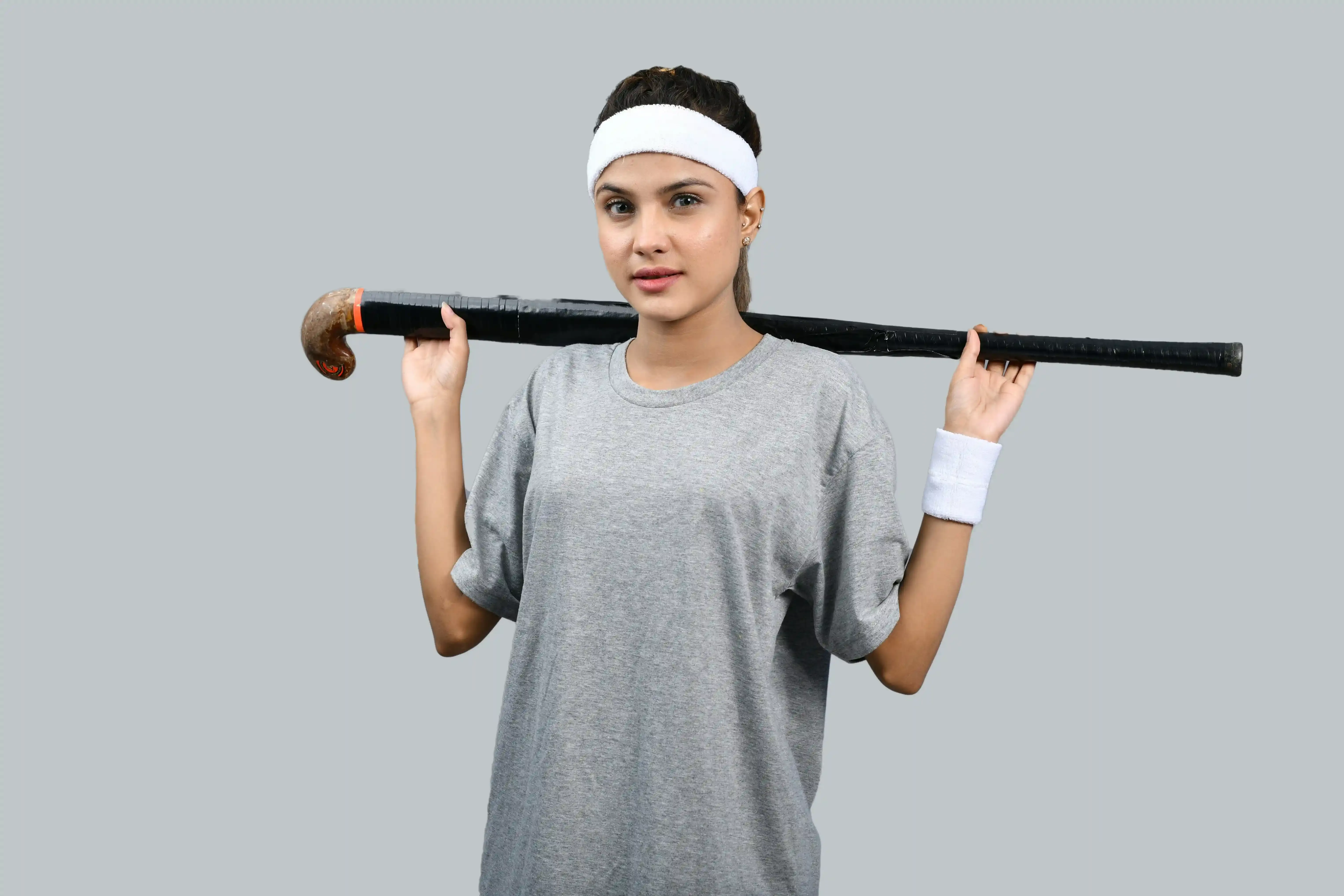Table of Contents
Let's be real. You've probably seen those folks swinging kettlebells around, looking all coordinated, and wondered, "Can that thing actually build *arms*?" Maybe you're tired of the usual bicep curls and tricep extensions and looking for something that feels a bit more dynamic. Traditional arm workouts often isolate muscles, but kettlebells operate differently. They're designed for compound movements, engaging multiple muscle groups simultaneously, which is fantastic for overall strength and calorie burn. However, that doesn't mean you can't zero in on those arm muscles effectively. This guide is specifically for you if you're a woman looking to understand how to target your arms using this versatile tool. We're going to cut through the noise and show you the best kettlebell exercises that hit your triceps and biceps, plus some clever combinations for maximum impact. By the end, you'll have the knowledge to build your own effective kettlebell arm workout for women, moving beyond just swinging and into sculpting.
Why Kettlebells Hit Your Arms Differently

Why Kettlebells Hit Your Arms Differently
It's About Movement, Not Just Muscle
Forget everything you learned about sitting on a bench and curling a dumbbell until your bicep screams. That's isolation work. Kettlebells? They're built for movement patterns. Think swings, cleans, presses – stuff that gets your whole body involved. While your arms are definitely working, they're doing it as part of a bigger chain reaction. This functional approach means you're not just building mirror muscles; you're building strength that actually translates to real life. It's like the difference between practicing punching the air (isolation) and actually throwing a punch (movement pattern). One feels productive, the other *is* productive.
That Pesky Off-Center Weight
Here’s the kicker: the weight isn't neatly balanced on a bar or in your hand like a dumbbell. It hangs below the handle. This offset center of mass is a game-changer. Your grip has to work harder just to keep the thing stable. Your wrists, forearms, and even the small stabilizing muscles around your shoulder and elbow are constantly engaged to control the weight as it moves through space. It demands more from your body, forcing those smaller, often neglected muscles in your arms to show up and do their job. It’s less about brute force and more about control and stability under load.
- Kettlebells train movement patterns, not isolated muscles.
- The off-center weight challenges grip and stabilizer muscles.
- They build functional strength applicable to daily life.
- Dynamic movements engage arms as part of a system.
Dynamic Power Through Motion
Swinging a kettlebell isn't just a leg exercise; your arms are crucial for guiding the bell and absorbing force. Cleaning it to your shoulder requires a powerful pull where your biceps and forearms are heavily involved. Pressing it overhead, especially from the rack position, engages your triceps and shoulders in a way that feels different from a standard overhead press – there's more demand for stabilization. These dynamic actions build power and endurance in your arms, making them strong not just in a static hold, but through a full range of motion. It’s less about lifting a weight from A to B and more about controlling a dynamic object through a complex path.
Kettlebell Exercises Targeting Triceps and Biceps

Kettlebell Exercises Targeting Triceps and Biceps
Hitting Those Triceps: Beyond Kickbacks
so you want those triceps to pop, right? The back of the arm, often the bane of sleeveless shirts. Kettlebells offer some solid options that aren't just about extending your arm behind you. Think pressing movements. The overhead press with a kettlebell, especially if you hold it with the bottom up (the bell pointing to the ceiling), forces your triceps to work overtime stabilizing that awkward weight. Push presses use leg drive to get the bell moving, but your triceps finish the job powerfully overhead. Even movements like the tall kneeling or half kneeling press make your core work harder, which in turn lets you focus better on driving that weight up using your triceps and shoulders. It’s functional strength that looks good too.
Bicep Work That Isn't Just Curling
Building biceps with a kettlebell looks different than with dumbbells. You're not just doing strict curls, though you can certainly do those too (try a goblet curl!). Many kettlebell movements work the biceps as part of a pull. The classic kettlebell row, whether you're doing a regular bent-over row or a suitcase row standing next to the bell, engages your biceps significantly as you pull the weight towards your body. The clean, a more explosive movement, involves a strong pull that hits the biceps hard as you bring the bell to the rack position. Even holds, like the bottom-up hold where you balance the bell upside down, are secretly crushing your grip and forearm muscles, which contribute to that overall arm definition you're after.
- Overhead Press (Triceps, Shoulders)
- Push Press (Triceps, Shoulders, Legs)
- Tall/Half Kneeling Press (Triceps, Shoulders, Core)
- Kettlebell Row (Biceps, Back, Forearms)
- Suitcase Row (Biceps, Back, Core)
- Kettlebell Clean (Biceps, Forearms, Hips, Shoulders)
Combining Forces: Arms Working Together
Some of the most effective kettlebell exercises for arms involve multiple joints and muscles working in sync. The clean and press is a prime example: you clean the bell to your shoulder (hitting biceps and forearms) and then press it overhead (hitting triceps and shoulders). It’s a one-two punch for the whole arm. Movements like the squat and press or lunge and press integrate lower body strength, but your arms are doing the heavy lifting (literally) during the press portion. Even a sit and press, going from lying on the floor to pressing the bell overhead as you sit up, works your core, shoulders, and triceps in a challenging way. These combination moves are efficient, hitting multiple muscle groups, including your arms, in one fluid motion.
Building Your Kettlebell Arm Workout for Women

Building Your Kettlebell Arm Workout for Women
Picking Your Power Moves
Alright, so you've got the exercises – the presses, the rows, the cleans. Now, how do you stitch them together into an actual kettlebell arm workout for women that gets results? You don't need to do all 14 exercises every session, that's just silly. A smart approach is to pick a few key movements that hit different angles. Maybe one or two pressing variations for triceps and shoulders, and a couple of pulling movements for biceps and back. Think about pairing a push with a pull. A common way to structure this is using circuits. You select 3-5 exercises and move from one to the next with minimal rest, completing a "round." This keeps your heart rate up and is efficient. For instance, you could pair an overhead press with a kettlebell row. Do a set of presses, then a set of rows, rest briefly, and repeat for a set number of rounds. Simple, effective, and way less boring than just standing there curling.
Sets, Reps, and That Sweet Spot
How many times should you lift the dang thing? For toning and building muscle, the sweet spot generally falls between 8 and 15 repetitions per set. If you can easily do more than 15 with good form, your kettlebell is too light. If you can barely grunt out 5, it's too heavy. The goal is challenging yourself within that range. Aim for 3 to 4 sets of each exercise or circuit round. Rest periods should be relatively short, maybe 60-90 seconds between sets or rounds if you're doing a circuit. This keeps the intensity up. Listen to your body, though. If your form is breaking down, take a longer breather. Poor form with a kettlebell is an express ticket to Painville.
- Choose 3-5 exercises per workout.
- Pair pressing (triceps) and pulling (biceps) movements.
- Perform 8-15 repetitions per set for muscle building.
- Aim for 3-4 sets of each exercise or circuit.
- Keep rest periods between 60-90 seconds.
- Prioritize good form over lifting heavy weight.
Putting It All Together and Progressing
So, you've picked your moves, you know your reps. How often should you do this kettlebell arm workout for women? Two to three times a week is a solid starting point, giving your muscles time to recover and grow between sessions. Don't do it every day; your arms need a break. As you get stronger, how do you keep challenging yourself without just doing endless reps? You can increase the weight of the kettlebell (the obvious one). You can also increase the number of sets or rounds. Another way is to decrease the rest time between sets. Or, you can try more challenging variations of the exercises, like switching to single-arm versions or incorporating more dynamic movements like the clean and press if you started with simpler rows and presses. Consistency is key. Show up, put in the work, and those arms will respond.
Your Kettlebell Arm Workout for Women Questions Answered

Your Kettlebell Arm Workout for Women Questions Answered
so you’ve got the moves and the structure for your kettlebell arm workout for women. Naturally, some questions pop up. Like, "How heavy should my kettlebell be?" Honestly, it depends. For pressing movements, start lighter than you think – maybe 8kg to 12kg is a good starting point for many women, but some might need less. For rows and swings, you can often go heavier, perhaps 12kg to 16kg or more. It’s always better to start too light and nail the form than go too heavy and risk injury. Another common one: "Will this make me bulky?" Short answer: No. Building significant muscle mass requires a very specific training and diet regimen that most recreational lifters aren't following. Kettlebell training for arms focuses on strength, endurance, and functional movement, leading to toned, defined muscles, not massive bulk. Don't be afraid to lift challenging weights; it's how you get stronger and sculpt definition. What other burning questions do you have about getting those arms strong with a kettlebell?
Wrapping Up Your Kettlebell Arm Work
So there you have it. Kettlebells aren't just for swings and squats, though those are great too. They absolutely can carve out stronger arms, just not always in the way you might be used to with traditional weights. We've covered the moves that hit your triceps, the ones that work your biceps, and those clever combinations that make your whole upper body pay attention. Building your kettlebell arm workout for women isn't complicated; it's about picking the right tools from the box and using them smart. Start with a few, focus on form, and see how your arms respond to a different kind of challenge.